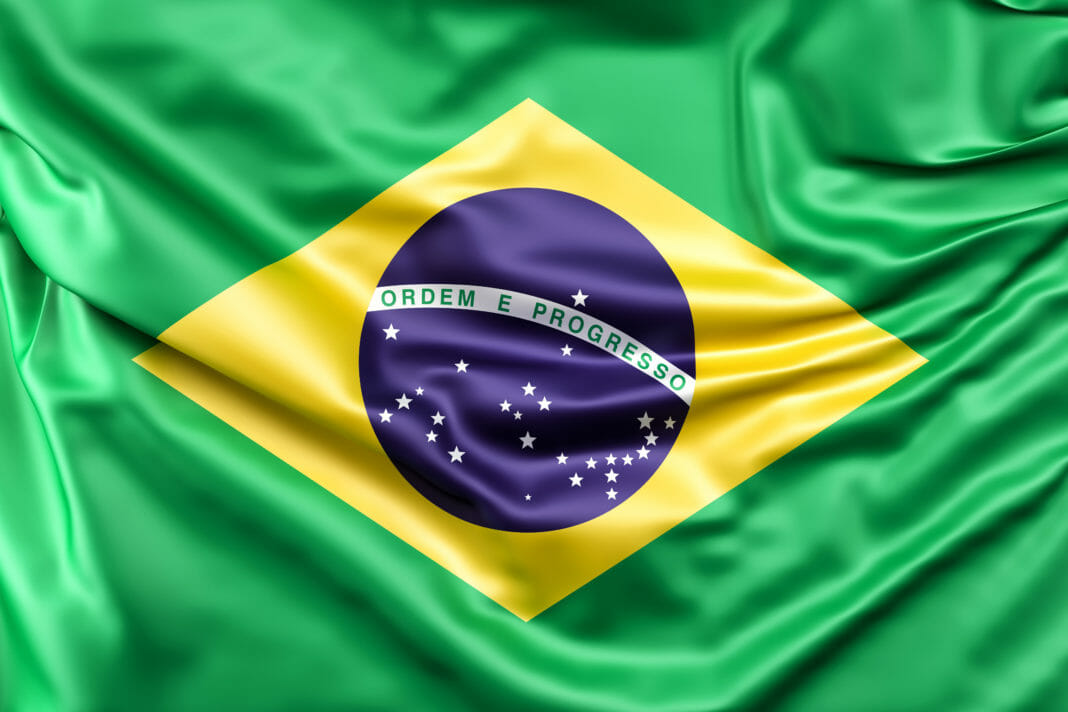Banco do Brasil announces partnership to test offline payments with Drex, the Brazilian CBDC. Ghana and Thailand have already tested the technology. The solution has the potential to become an alternative payment method to cash, in addition to popularizing Drex.
As a participant in the Brazilian CBDC pilot project, Banco do Brasil (BB) will test payments in an offline environment for integration with Drex.
Led by the Central Bank, the Brazilian digital currency consortium, still in a test environment, has 16 institutions. They all work on the creation, development of solutions and tools to support the new tokenized economy and the reality of Brazil.
Brazil: Financial Inclusion with Drex
With recent technological advances, it is now possible to validate payments with a cell phone or even a “bracelet”, such as smart watches. However, with the use of these technologies it is still necessary for the user to be connected to an internet network to complete the payment.
Banco do Brasil and Giesecke+Devrient Currency Technology (G+D), specialized in monetary technology, are collaborating in a technical partnership to implement the solution that aims to allow offline payments, already tested in Ghana and Thailand. According to Banco do Brasil, the offline payment solution will allow exploring new uses for Drex:
“If the tests are successful, it will be possible to develop models to use encrypted digital currency in everyday transactions, such as small purchases in commerce, payments for services and benefits, for example.”
Another advantage, according to BB, will be the possibility of greater adherence to Drex for people with Internet access difficulties, without financial inclusion or who live in places with precarious infrastructure.
Yesterday a local media outlet reported via X the following:
“Banco do Brasil signs a partnership to test payments with Drex; the technological solution was announced in countries such as Thailand and Ghana.”
Or, for those without bank accounts, they will be able to load digital wallets on the devices, which can even be accessories such as bracelets or rings, and make secure transactions at local establishments.
Brazil: Use of Money on the Rise
Despite the greater adoption of banking services by the population and the spread of Pix, the preference for physical money remains significant in Brazil. According to a Tecban study, 29% of Brazilians choose physical money as one of the main payment methods.
However, this percentage increases to 32% in social classes C, D and E, and reaches 40% in the Northeast Region. Among the reasons for preferring paper money are the lack of a bank account or credit card and difficulties accessing the Internet.
The results of the study highlight the coexistence between physical and digital media, with a strong presence of physical money and ATMs in the daily lives of the Brazilian population. Of those interviewed, 63% use cash. According to the survey, a third of classes D and E use money as the main means of payment. The study is one of the actions that mark the 40th anniversary of Banco24Horas.
For BB, a solution that allows payments without an Internet connection, safely and easily. In addition, it has the potential to become an alternative payment method to cash, in addition to popularizing Drex.
By Leonardo Perez











